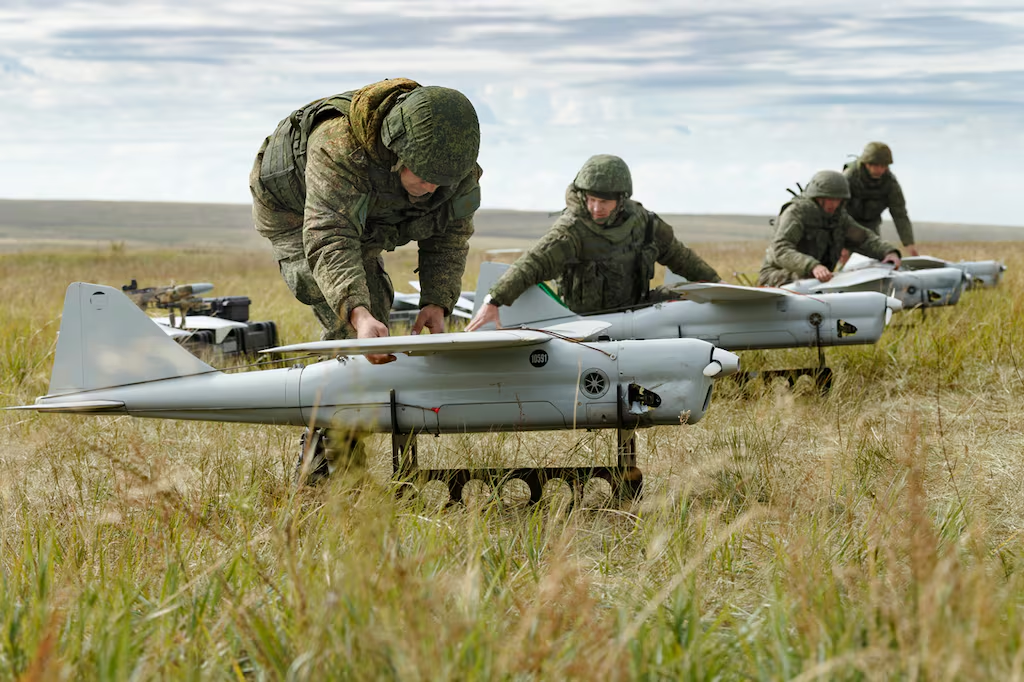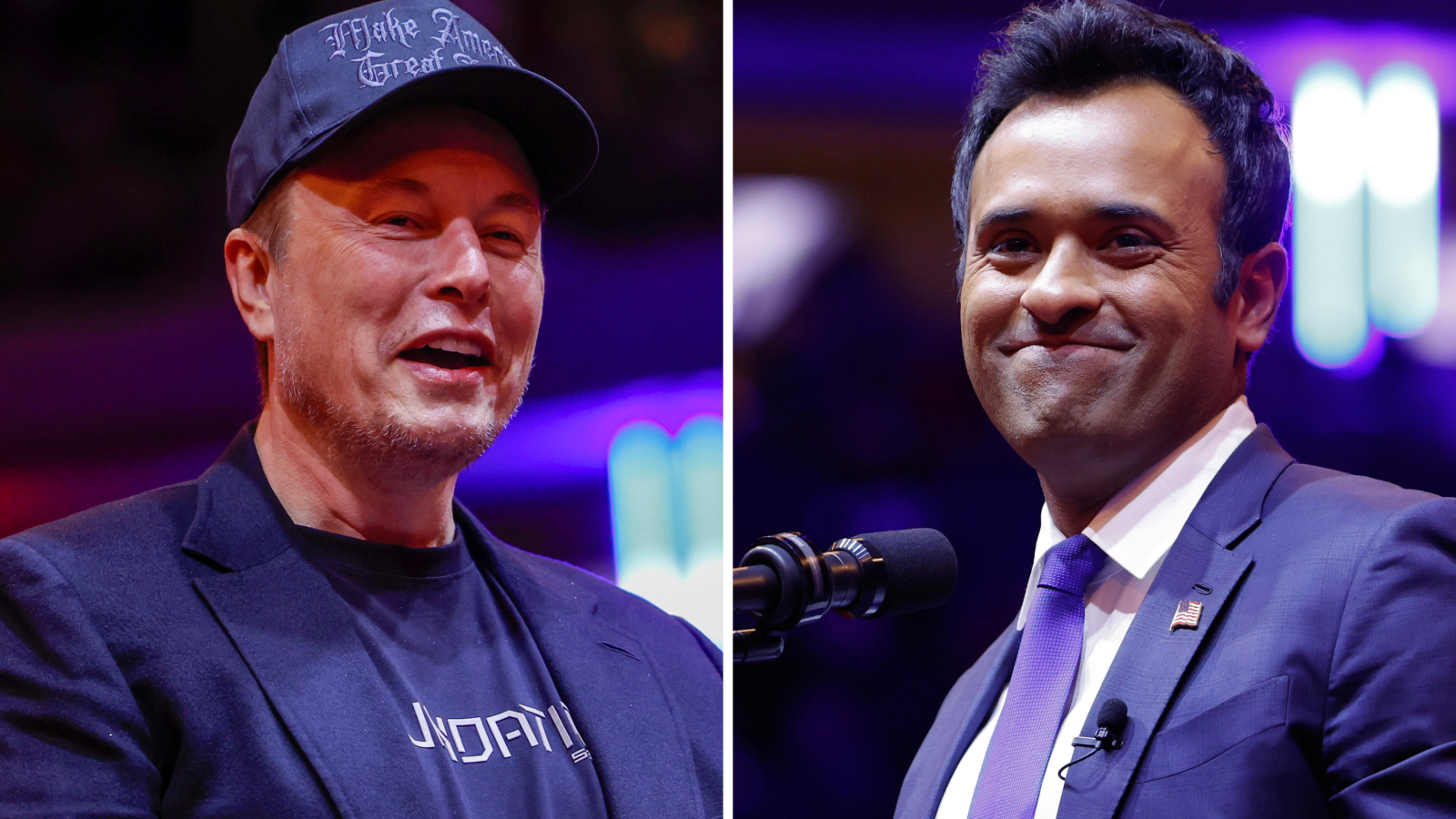
Russia continues to escalate its use of unmanned aerial vehicles (UAVs), commonly referred to as drones, as part of its ongoing military aggression against Ukraine. Today’s drone activity highlights the persistent threat to both civilian infrastructure and military targets. This report will cover the latest drone strikes, their impact, and the broader strategic implications of Russia’s reliance on UAVs in the conflict.
Russia’s Drone Campaign: A Strategic Overview
Over the past two years, drones have become a cornerstone of Russia’s warfare tactics in Ukraine. The deployment of UAVs allows for relatively low-cost and persistent attacks, often used to overwhelm Ukrainian air defenses and target both military and civilian infrastructure.
This October 9th, Ukrainian authorities reported multiple Russian drone strikes across several regions of Ukraine, including Odesa and Kyiv, continuing a disturbing trend of nightly attacks. These attacks have damaged critical infrastructure, and in some cases, injured civilians. In Odesa, a Shahed drone strike injured five civilians and caused significant damage to a nine-story residential building. Windows were shattered and structural damage was extensive, although no fires were reported after the strikes. Three of the five injured were hospitalized in moderate condition(
RBC Ukraine)(
Ukraine’s air defense forces have been working tirelessly to mitigate the threat from these drones. According to military reports, around 31 Russian drones were downed overnight as they targeted key cities and military facilities(
Key Targets of Russian Drone Strikes
Russian drones, many of them Shahed models imported from Iran, have primarily targeted the following:
- Urban Centers: Cities like Odesa have been under constant drone bombardment. Civilian buildings, such as the nine-story apartment complex hit today, bear the brunt of these attacks. These drone strikes are part of a broader strategy to terrorize the Ukrainian civilian population.
- Energy Infrastructure: Ukrainian power grids and energy plants remain a prime target for Russian UAVs. By damaging power supplies, Russia aims to disrupt daily life, particularly as winter approaches, exacerbating the humanitarian crisis.
- Military Installations: While civilian infrastructure is frequently hit, military installations and logistics hubs are also high on Russia’s target list. Ukrainian forces have reported attacks on munitions depots and troop formations(Українська правда).
- Critical Ports and Export Facilities: Another notable development is the frequent targeting of Odesa’s ports, which serve as crucial points for Ukraine’s grain exports. This is part of Russia’s effort to cripple Ukraine’s economy and hinder its ability to engage with the global market(Hosted).
Ukraine’s Defensive Measures
Despite the heavy onslaught, Ukraine’s air defense forces continue to improve their response to these persistent drone threats. Ukraine’s military has managed to intercept and destroy a significant portion of the incoming UAVs. On the night of October 8-9, for instance, Ukrainian forces shot down 21 drones before they could reach their targets(
However, the sheer volume of drones and the constant pressure they exert pose a serious challenge. Ukraine is receiving consistent support from its Western allies, who have provided advanced air defense systems, including the U.S.-supplied NASAMS (National Advanced Surface-to-Air Missile System) and Germany’s IRIS-T, to help counter these airborne threats.
Drone Attacks Beyond Ukraine’s Borders
In addition to Ukraine, Russian drone attacks have also extended to neighboring regions, such as the Bryansk region in Russia itself. Reports emerged that kamikaze drones struck an ammunition depot in the Bryansk area, leading to significant explosions and a fire. This suggests that Ukraine, too, is capable of deploying drone strikes against Russian assets(
The Role of Iranian Drones in the Conflict
Iran’s Shahed drones, which have become synonymous with Russia’s UAV campaign, are one of the key elements of the drone warfare on display. These drones are inexpensive and easy to deploy in large numbers. However, they have been increasingly intercepted by Ukraine’s defense systems, showing that while these drones pose a significant threat, they are not invincible. Tehran’s continued supply of these drones to Russia has raised concerns among Western nations, as it ties the conflict in Ukraine to broader geopolitical tensions involving Iran and its relations with both Russia and the West(
RBC Ukraine)(
Hosted).
Humanitarian Impact and Global Response
The ongoing drone attacks are causing widespread suffering among Ukraine’s civilian population. Apart from physical injuries and deaths, the psychological toll of constant air raid sirens and the threat of drone strikes has created a pervasive atmosphere of fear. The damage to residential buildings and infrastructure also leads to the displacement of families, complicating Ukraine’s ongoing humanitarian crisis(
Internationally, there has been a growing call for sanctions against both Russia and Iran for their continued aggression. The United States, European Union, and other global players have pledged to provide more military and humanitarian aid to Ukraine. Additionally, calls for global accountability have intensified as evidence mounts of potential war crimes related to the targeting of civilian areas.
Conclusion
Today’s Russian drone attacks are yet another grim reminder of the destructive potential of UAV warfare in the modern battlefield. As Russia continues to escalate its drone campaign, Ukraine’s resolve, coupled with international support, will be critical in mitigating the damage and pushing back against the aggression.
For more updates on the situation, visit our full coverage at Newsify, where you can find the latest reports and analysis on the conflict in Ukraine.









Leave a Reply